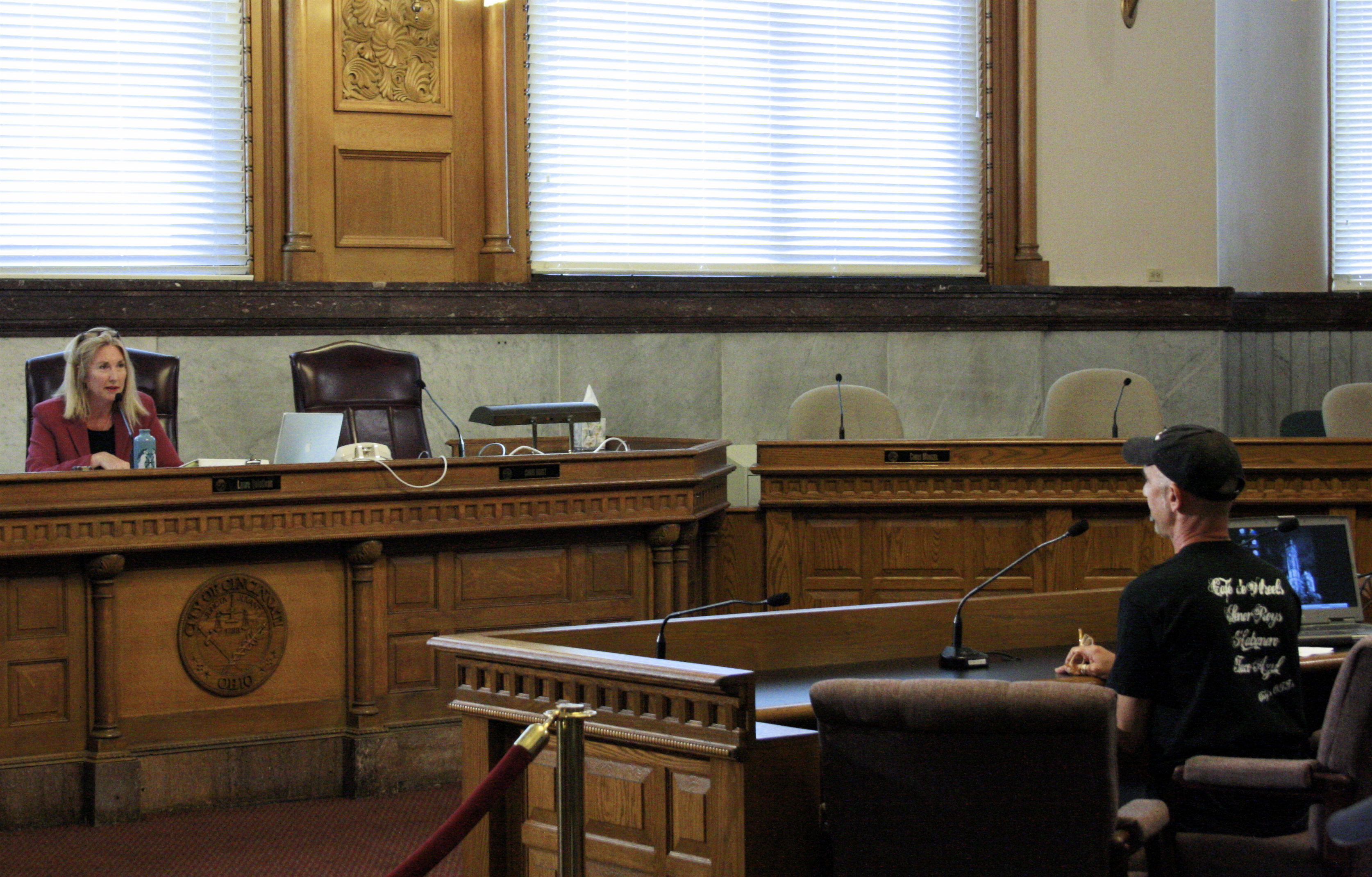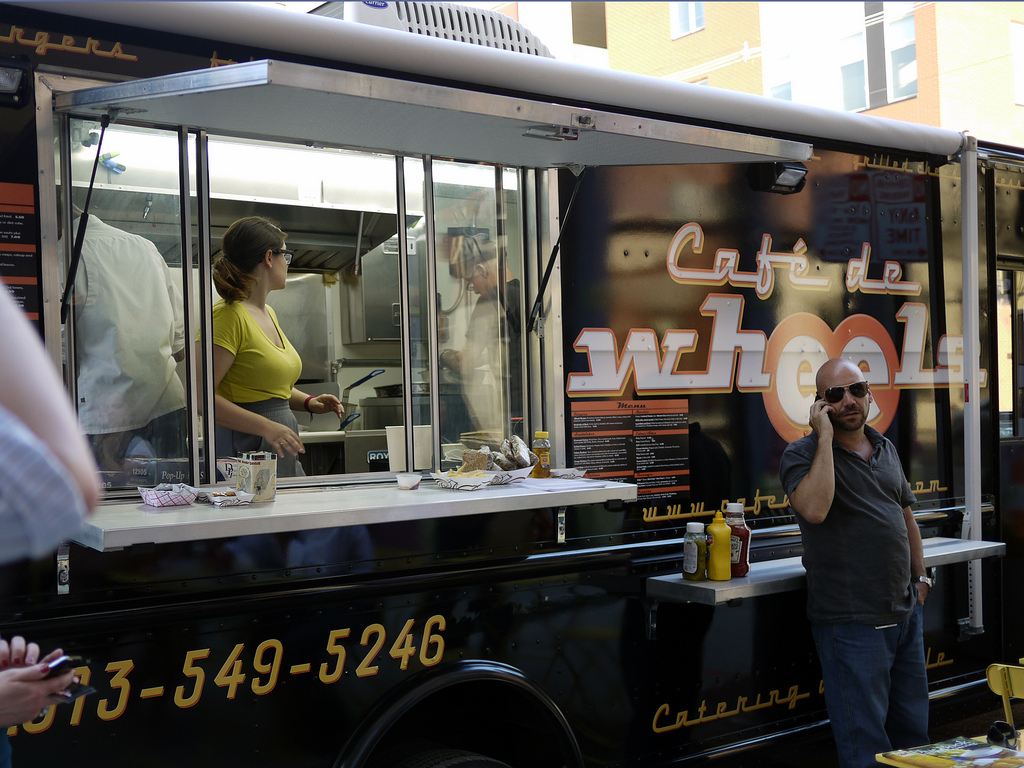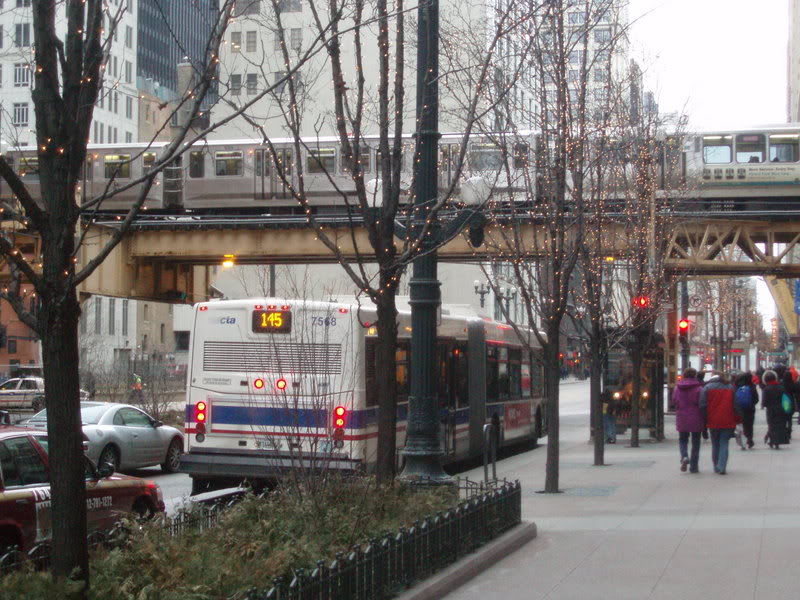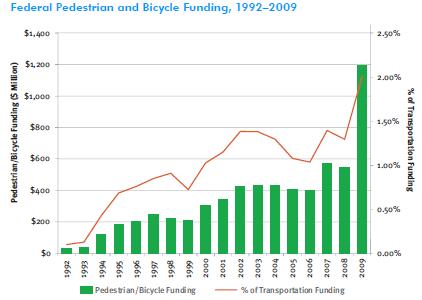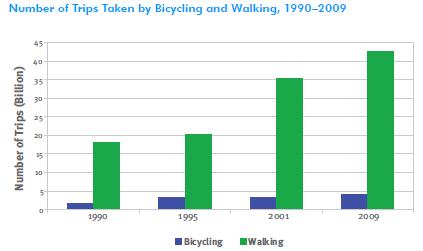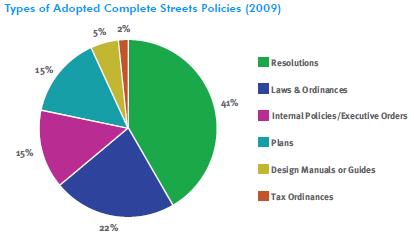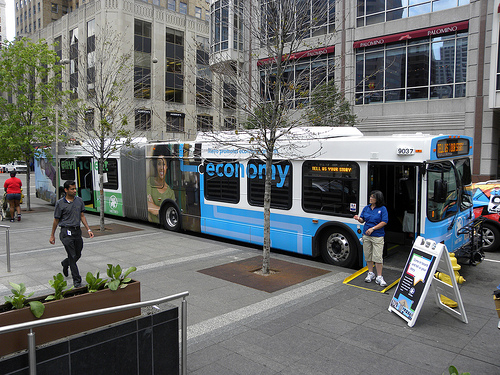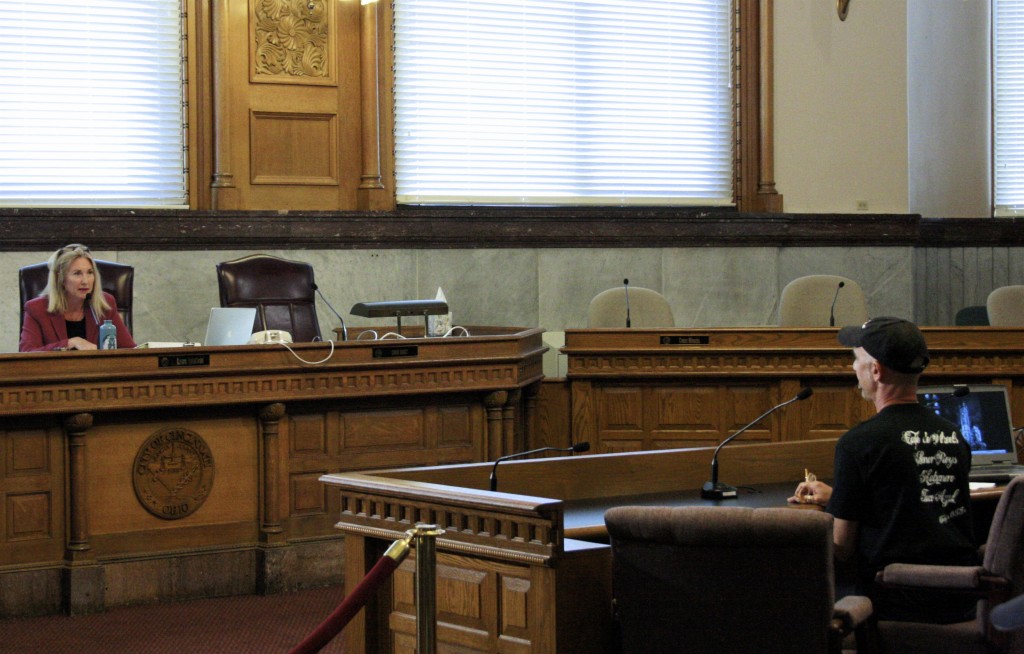 Cincinnati’s City Council this afternoon approved the Mobile Food Vendor Pilot Program, as proposed by Councilmember Laure Quinlivan, by a 7-1 margin. Councilmember Leslie Ghiz (R) was the lone dissenting vote, while Councilmember Bortz (C) was not present. The vote comes a day after City Council’s Quality of Life Committee voted to pass the measure after a long discussion that included public comment.
Cincinnati’s City Council this afternoon approved the Mobile Food Vendor Pilot Program, as proposed by Councilmember Laure Quinlivan, by a 7-1 margin. Councilmember Leslie Ghiz (R) was the lone dissenting vote, while Councilmember Bortz (C) was not present. The vote comes a day after City Council’s Quality of Life Committee voted to pass the measure after a long discussion that included public comment.
Members from the Cincinnati Food Truck Alliance including Senor Roy’s Taco Patrol and Cafe de Wheels, as well as relative newcomer, New Orleans To Go, came in support of mobile food vendors as an indicator of a healthy, vibrant city. Senor Roy himself gave three points as a reason to support the mobile food movement:
- Food trucks open in lots during late hours support the downtown community and their presence makes the area safer by populating an otherwise empty space with people, which is seen as a great safety measure.
- Cincinnati joining the national mobile food movement creates attention for the area and attracts press.
- Venture capital is hard to come by, and mobile vendors allow brick and mortar companies to expand at a fraction of the cost.
The one concern brought up at the Quality of Life Committee meeting on Tuesday, June 22nd involved possible noise concerns from downtown residents. However, as Tom Acito of Cafe de Wheels put it, “It’s impossible to know if there would be a problem or not if we don’t try. We’ve got to move ahead.” After some debate, the 6th & Race location has now been moved from 6th Street to the other end of the parking lot to 5th Street to accommodate those concerns.
Starting Monday, June 28th, there will be three locations at which mobile food vendors – carts or trucks selling non-alcoholic beverages and ready-to-eat foods – will be able to use in the Downtown Business District on a first-come, first-serve basis. Permits for the public locations will cost between $400-800 depending upon location and size of the truck, and vendors will be able to operate from 6am to 3:30am seven days a week. The three public locations included in the Mobile Food Vendor Pilot Program include:
- Sawyer Point – 1-2 spaces east of the Purple People Bridge
- Court Street Market – 6 spaces on the south side of Court Street at Vine Street heading east. This is the only zone with electric service, 110 volt/20 amps. No heat lamp or grills supported.
- 5th & Race Parking Lot – 12 spaces on southeast end of lot, along Race Street. Vendors must enter and exit using the 6th Street gate.
The first 20 vendors to sign up beginning the morning of Thursday, June 24th at 9am will receive Revocable Street Privileges that grants them access to any of the three locations. Policy makers say that this permit will keep vendors accountable, and will ensure that the locations are not overbooked.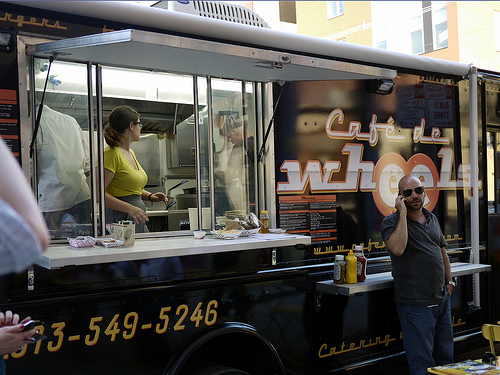
“The pricing is very fair compared with what is being charged at private lots, and we still have the right to go to any private lot of our choice,” stated Gary Sims, owner, Taco Azul. “We will learn as we go, but as long as City Council is willing to adjust it will be good, and as far as I’m concerned it’s a good pilot program.”
The City appears to be setting the stage to do just that as they have planned to review the pilot program in October 2010 to examine progress and make any necessary adjustments. While the program provides these additional public locations for mobile food vendors to locate, it does not remove the ability for mobile food vendors to locate on private property as they do presently.
Stay up-to-speed on the whereabouts of Cincinnati’s growing number of food trucks by following UrbanCincy’s comprehensive Twitter list.
